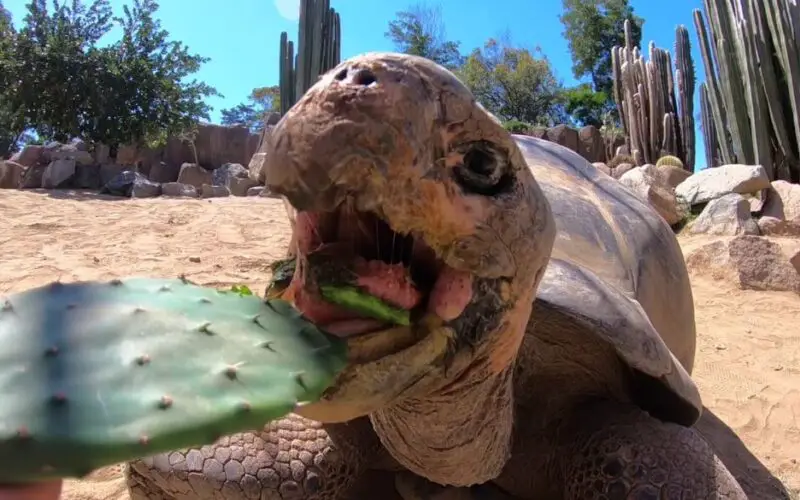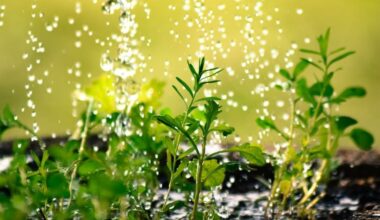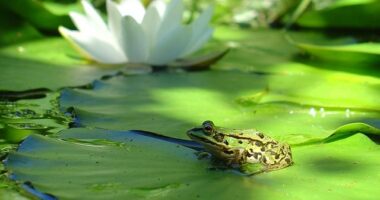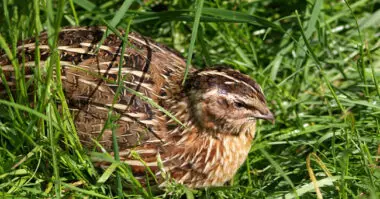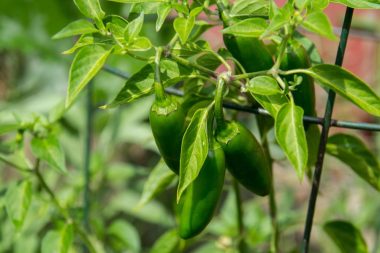Did you know that some cacti are edible? The nopal for example is a food rich in vitamins and very good for your health.
Humans are not the only species to eat cacti. Some animal species feast on them and it is not a few thorns that will stop them.
Contents
Why eat cactus?
Faced with droughts, rising temperatures and soil degradation, the Food and Agriculture Organization of the United Nations (FAO) published a book in 2017 that outlined the assets of the cactus in some of the world’s arid zones for food and feed.
Indeed, after a long period of drought in southern Madagascar, “the cactus has proved to be an essential source of food, fodder and water for local people and their animals”. The cactus is capable of storing several tons of water in its branches! Thus, in this region of the world and in about twenty countries, the cultivation of the cactus has been reintroduced.
Also, in addition to its water storage capacity, the cactus can also be cooked, which is already the case in Mexico where it is widely consumed. In this country, many companies are starting to invest in the cactus in order to export it to Europe. In addition to having anti-oxidant, anti-inflammatory and neuroprotective effects, it would be a great source of protein!
The camel and the dromedary
The desert conditions have accustomed them to not doing the difficult ones. These mammals have a very specific oral cavity and a method to eat them without too much pain.
It must be said that the mouth of these desert animals is equipped with keratinized papillae that strengthens the mouth against external aggressions, such as thorns. Some other animals naturally have this protein (like the rhinoceros) which allows them to eat branches without hurting themselves.
Terrestrial turtles
We knew the sea turtles eating jellyfish, here are the land turtles that eat cacti. Decidedly, nothing frightens these amazing animals. It would seem that the presence of thorns on these plants does not bother them, even if amateur breeders tend to give them cactus without thorns.
In the wild, the turtles therefore eat the cacti slowly (this goes without saying). It should be noted that the low leaves of adult cacti are often less prickly than the young shoots. If you have turtles in your gardens, you can give them opuntia to eat, you will see they love it !
Iguanas
Once again in the Galapagos Islands, some visitors were able to observe large iguanas feeding on cacti. These animals have a well-functioning digestive system that allows them to digest spines.
The Pecaries
A peccary is a medium-sized hoofed mammal resembling a pig of the Tayassuidae family (New World pigs). They are found throughout Central and South America and the southwestern region of North America. These small wild pigs do not seem to be bothered by thorns and even use them for scratching.
Humans
Cacti are mostly edible for humans. There are many species of cactus with fruits and some are quite easy to cook. Mexicans for example love to eat cooked nopal. This plant has even attracted the attention of the UN, because it would help to stem world hunger.
Cactus non-toxic for animals
Euphorbia
The plants of the genus Euphorbia produce a latex very irritating for the eyes and the skin. Try to avoid any contact, even for humans. If your pet ever eats Euphorbia, try to make him drink as much water as possible to dilute the latex. Then, we suggest you call a veterinarian.
Aloes
Aloe contains healing properties for humans. On the other hand, some animals can develop allergies with this plant.
Crassula ”The Jade Tree or Money Tree”
This very pretty plant with the green leaves and of style bonsai can cause vomiting, as well as a slowing down of the cardiac rhythm.
Peyote
Peyote, also known as a euphoric and analgesic substance, is not officially recognized as toxic. On the other hand, some animals tolerate it very badly, that’s why we do not recommend Peyote to animals.
Summary
The food and agriculture specialists of the UN praise the qualities of the prickly pear. For them, this cactus is a plant of the future. Edible, it could be used in our food or for animal fodder.
